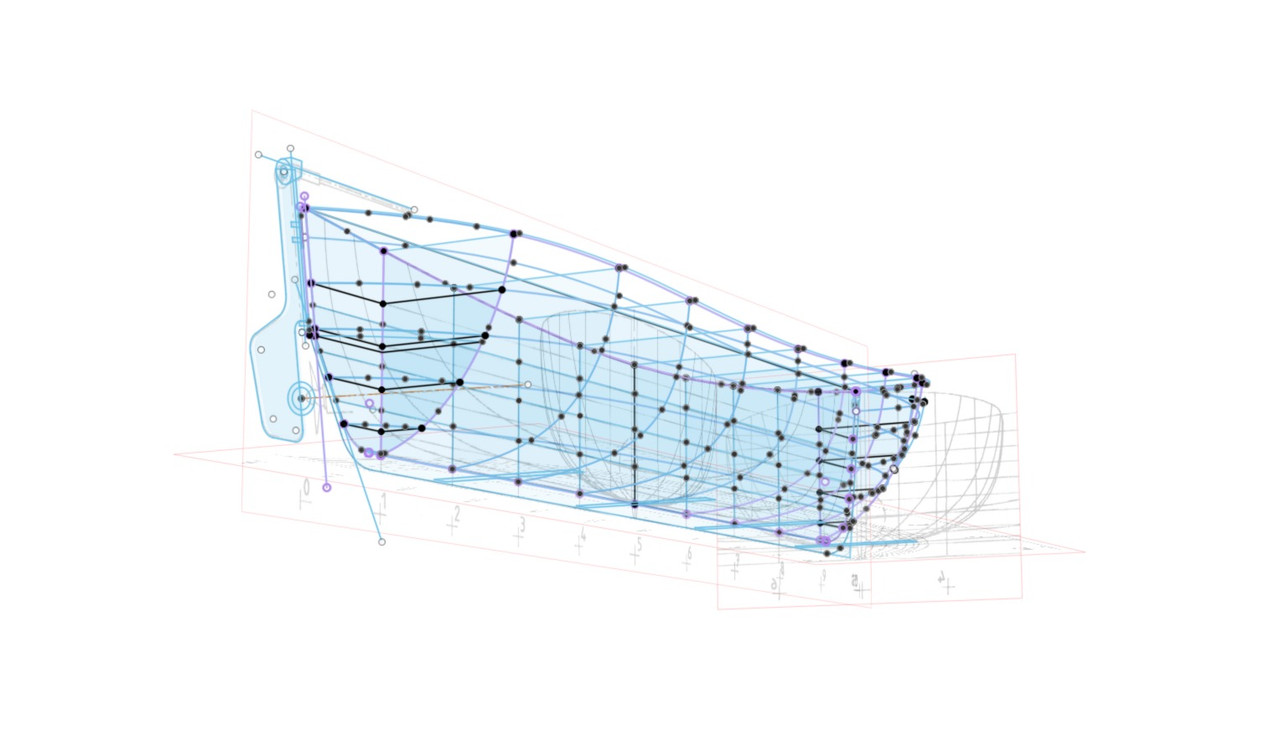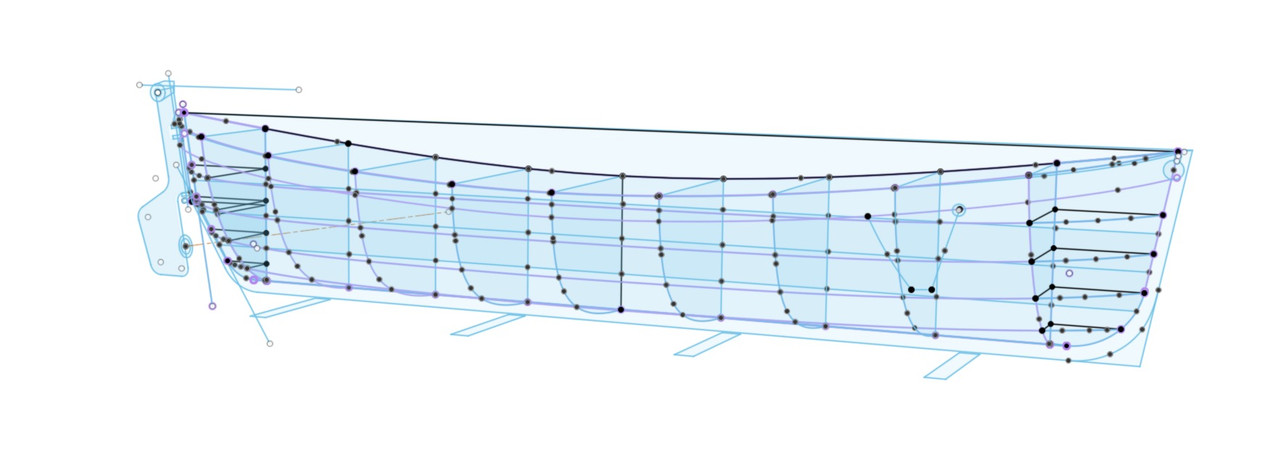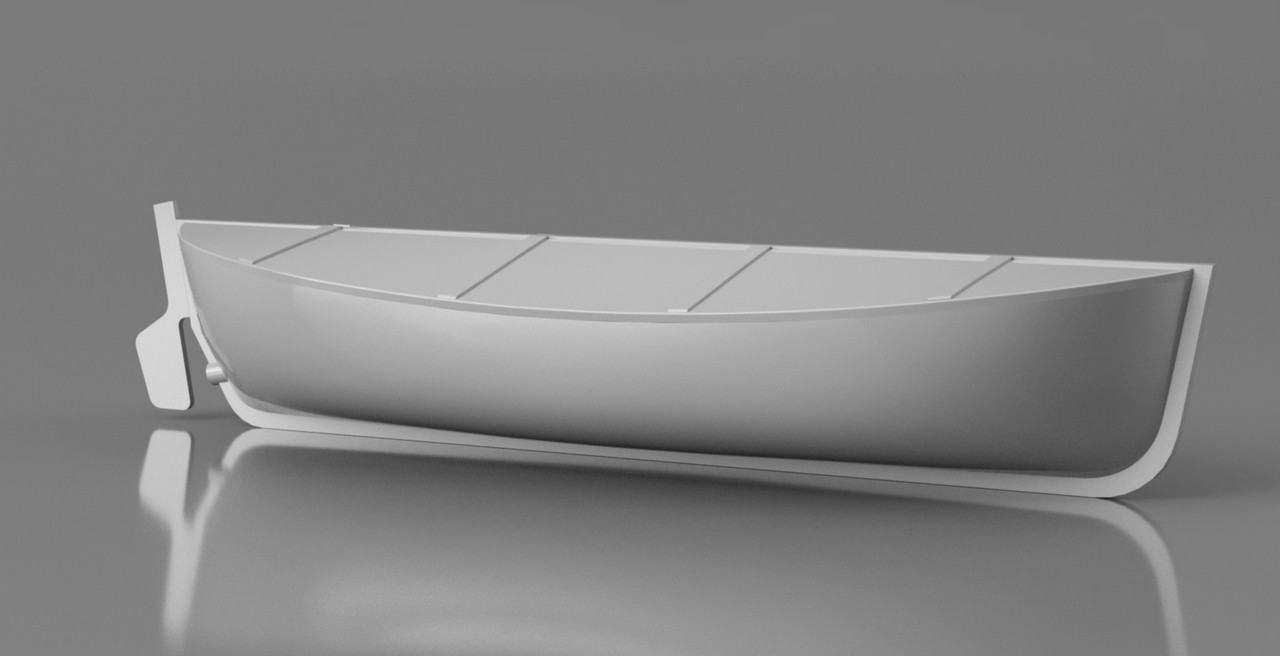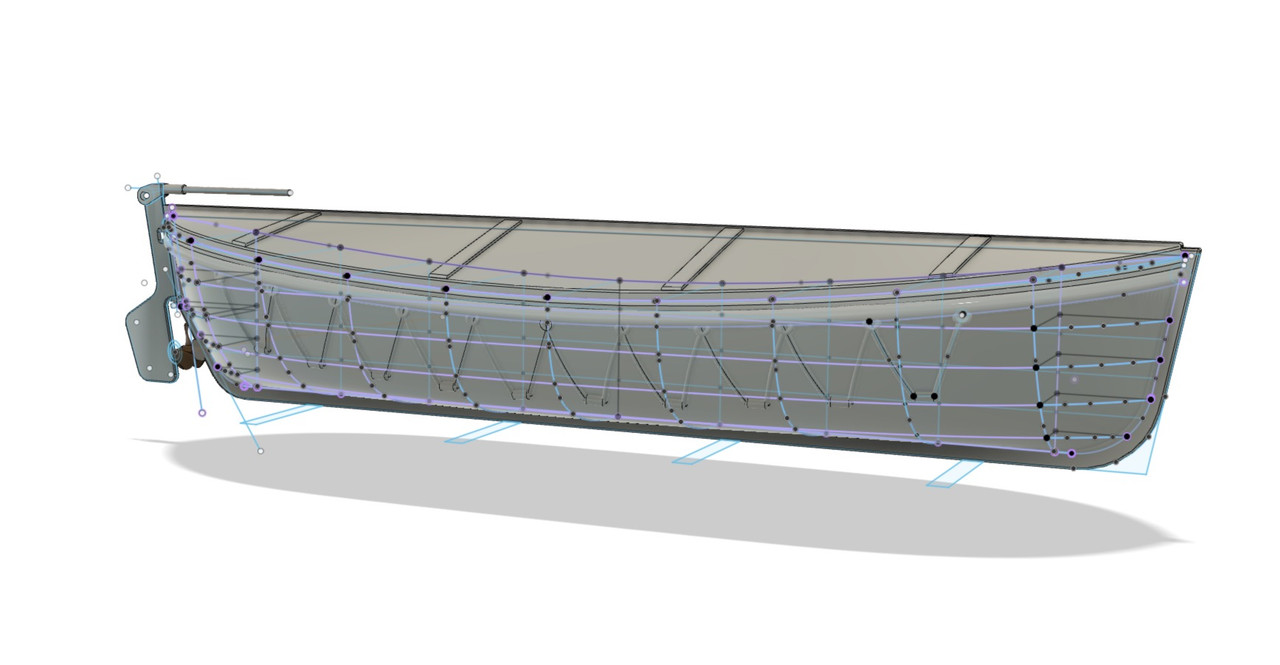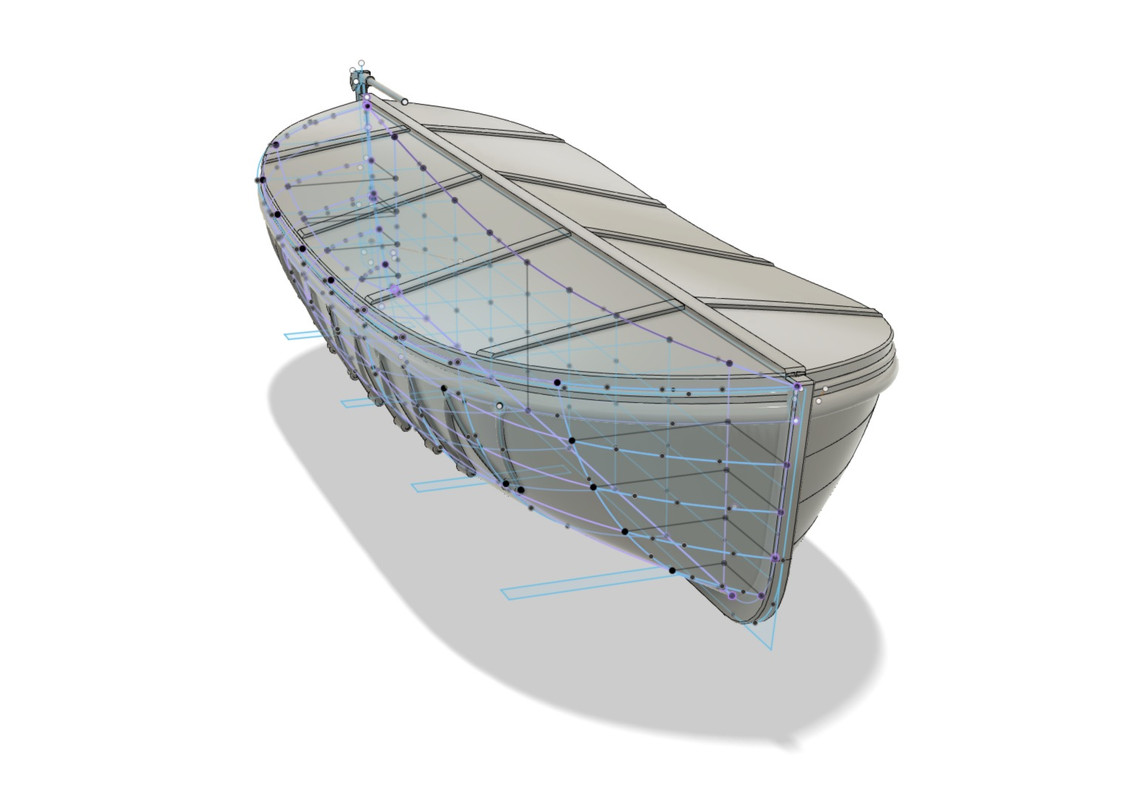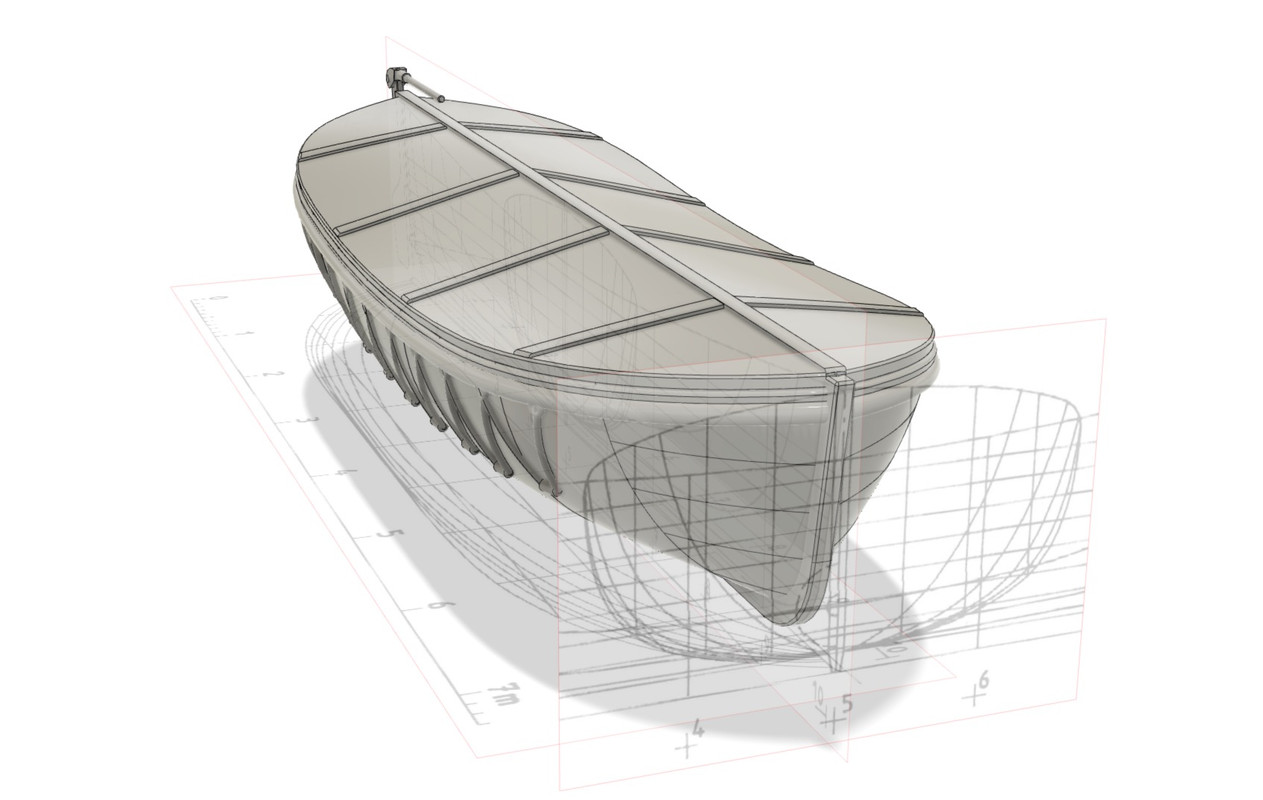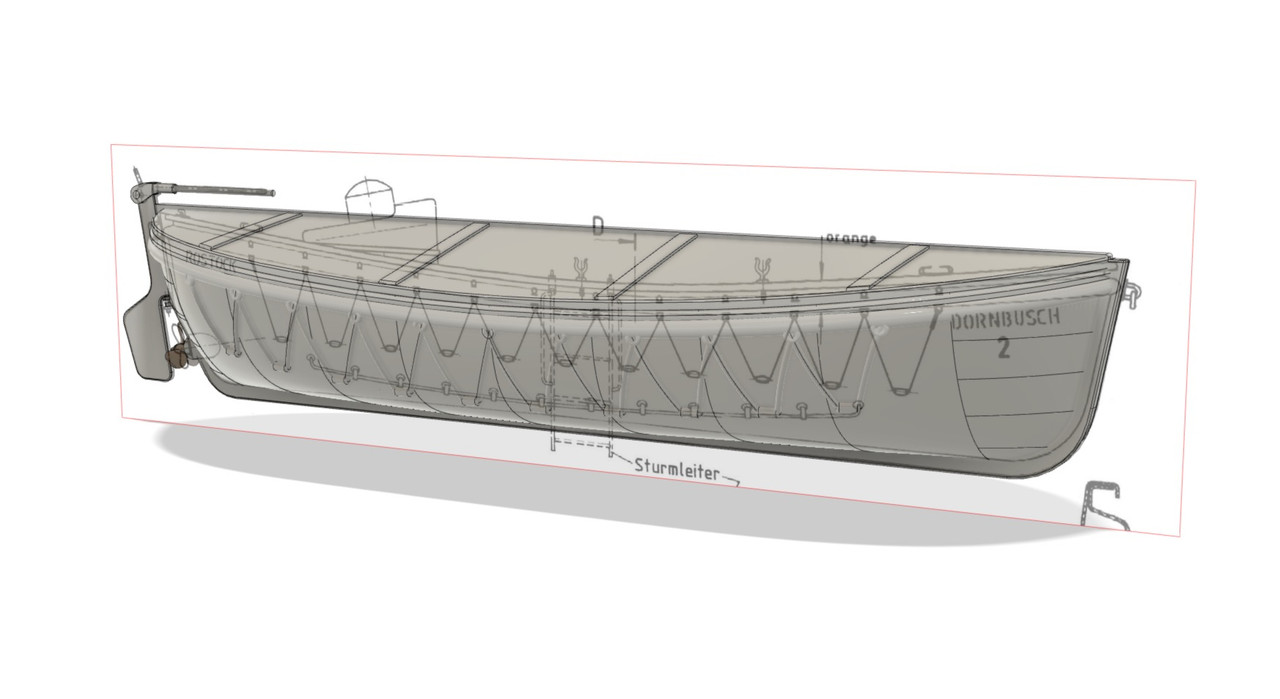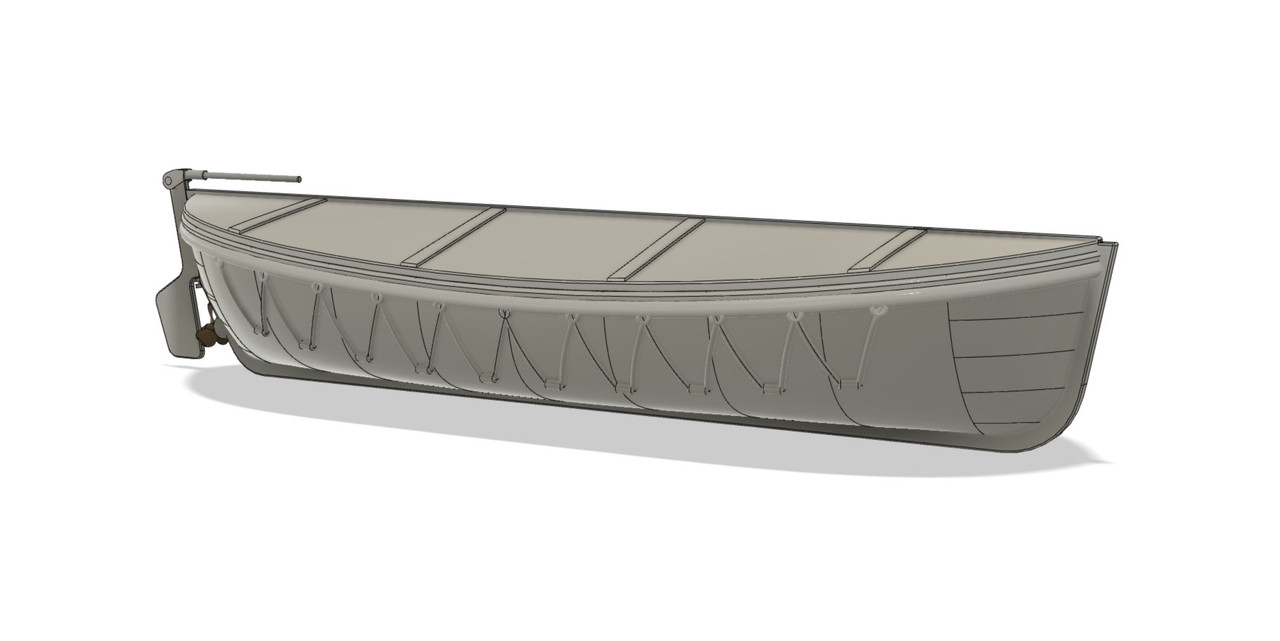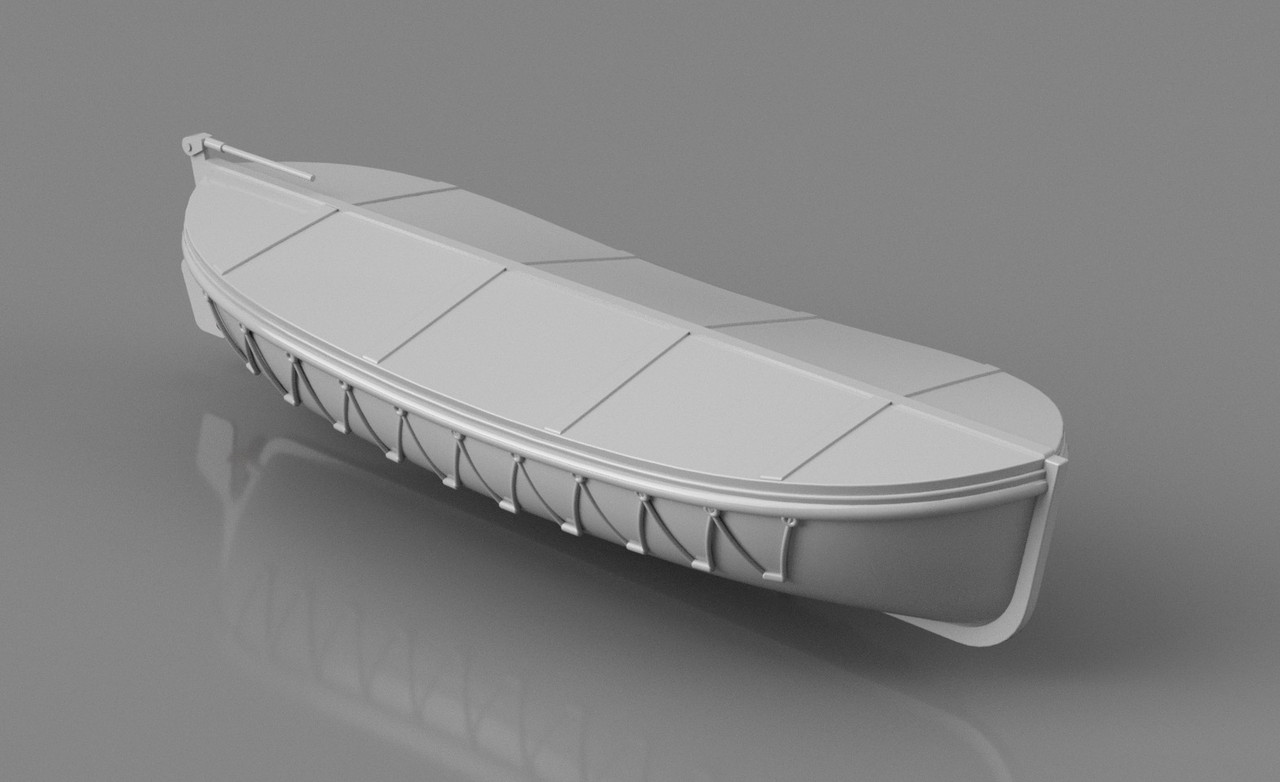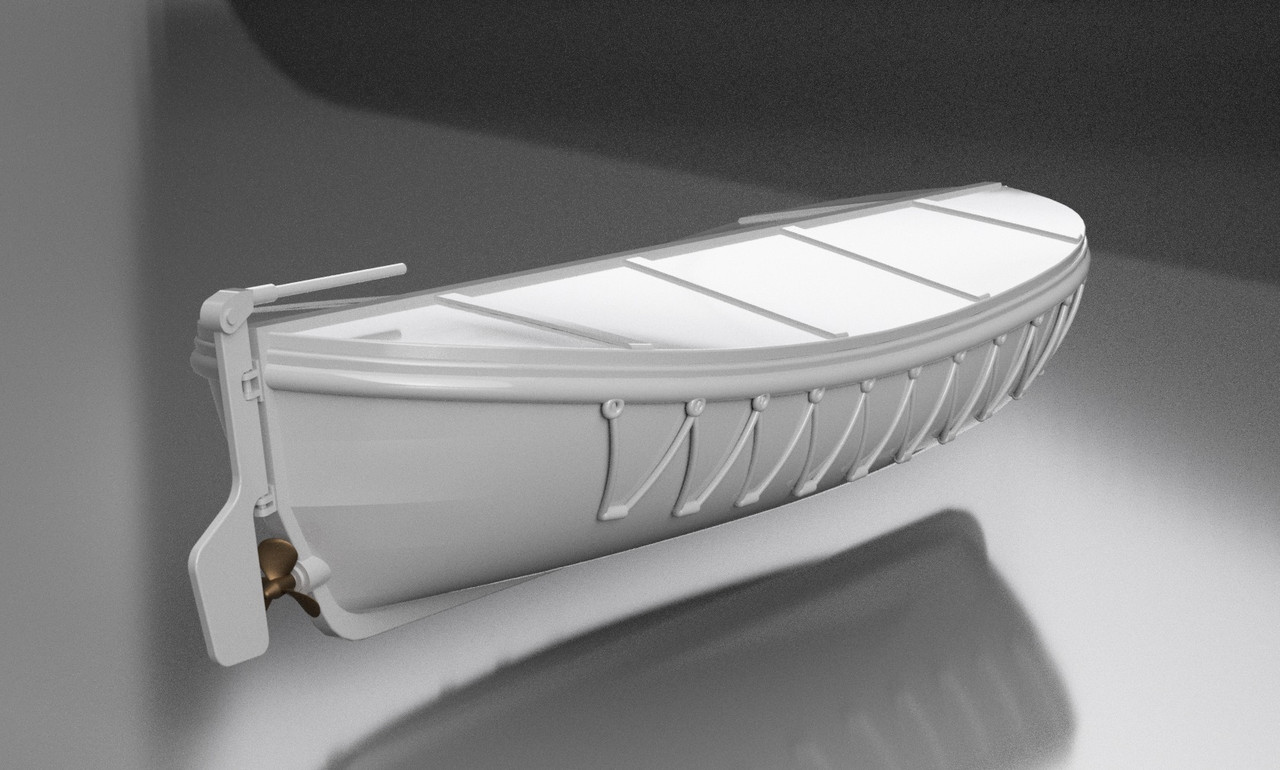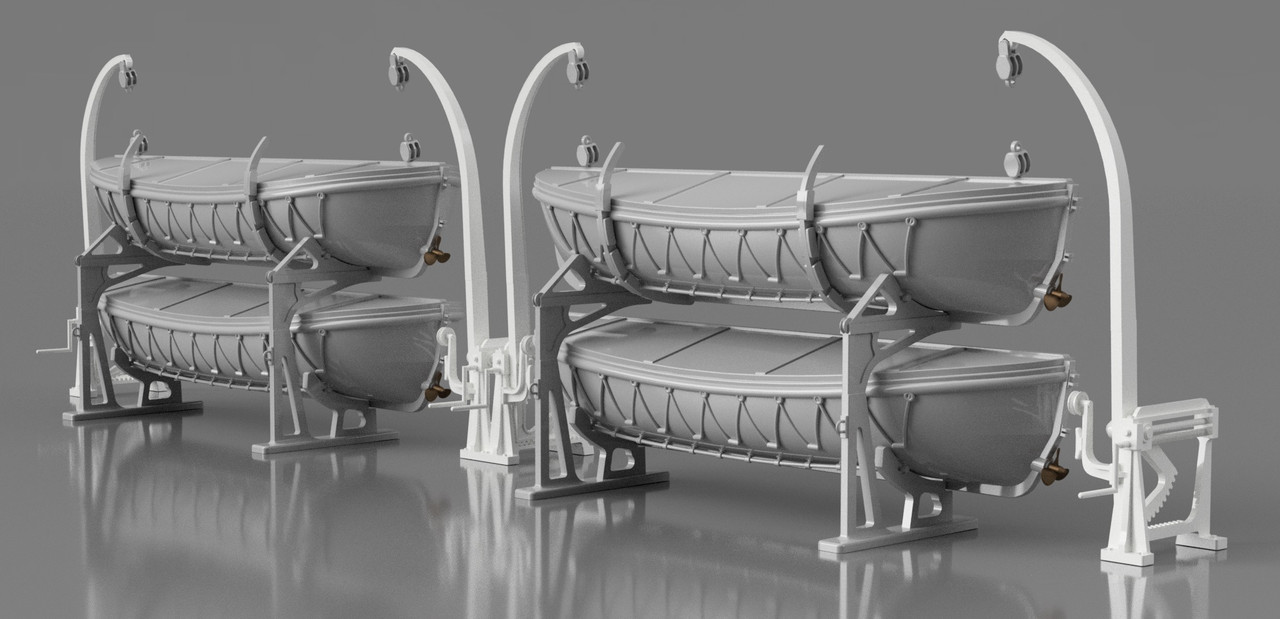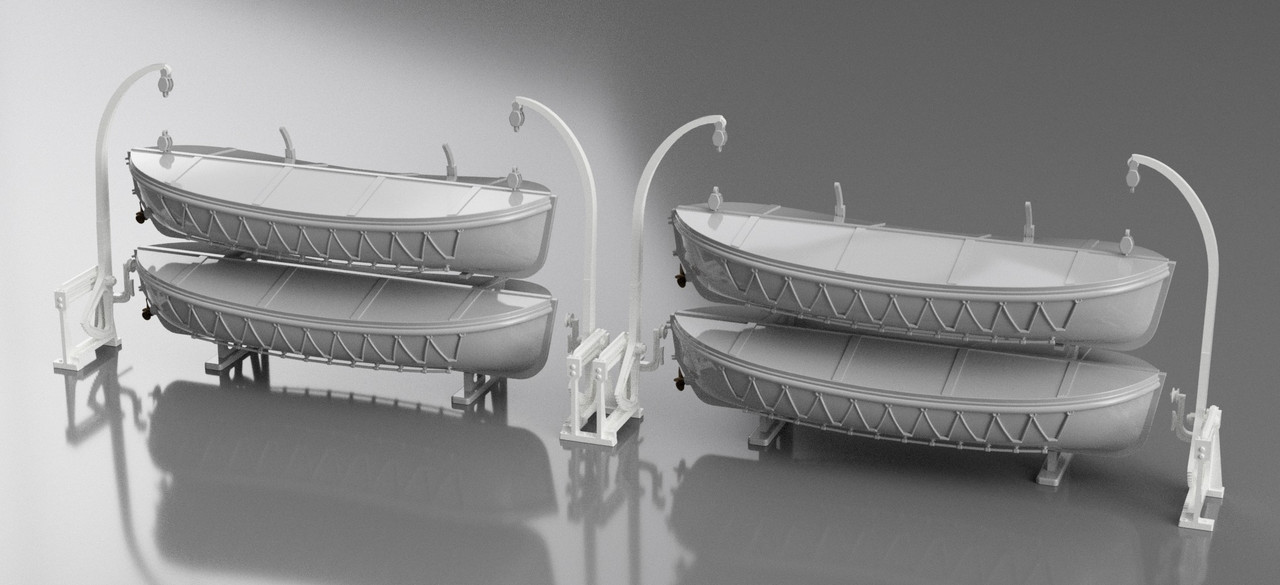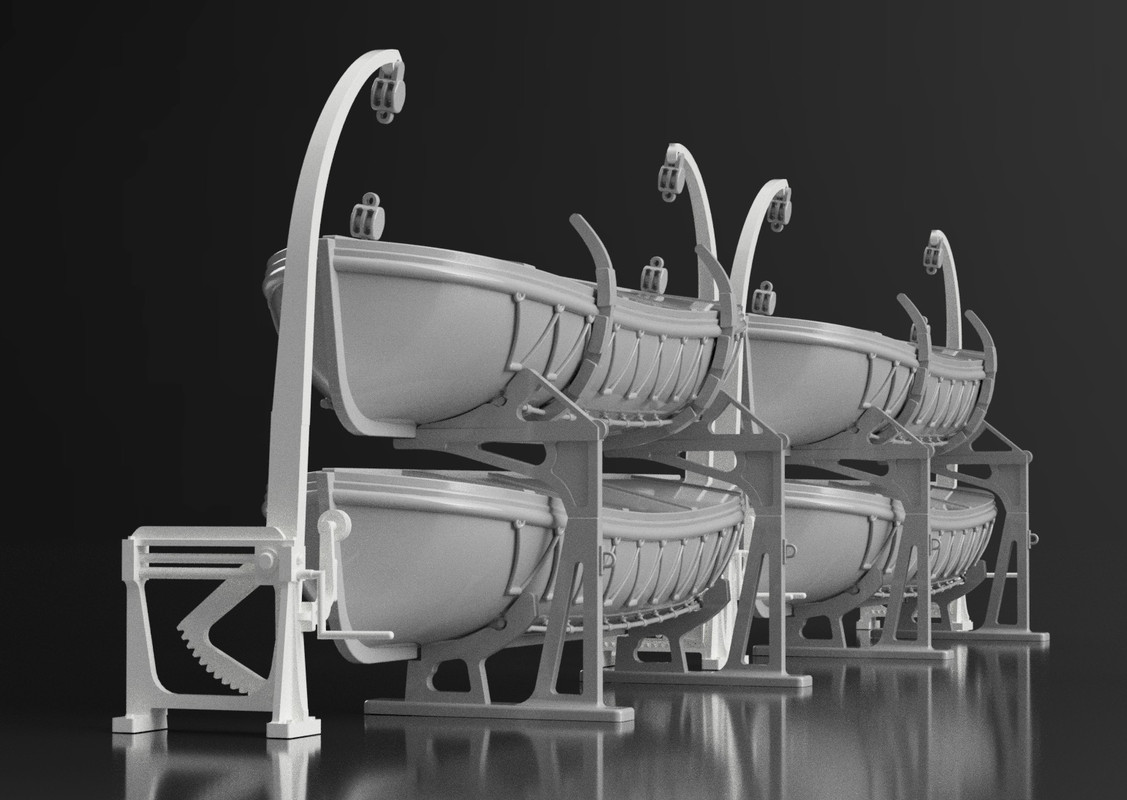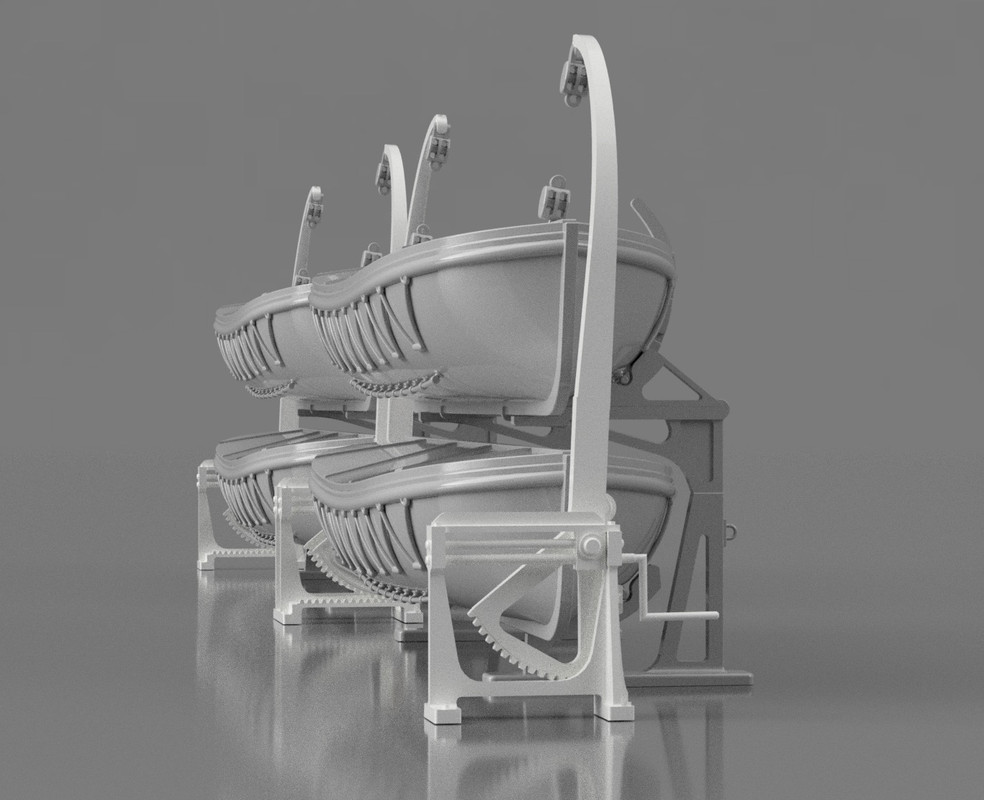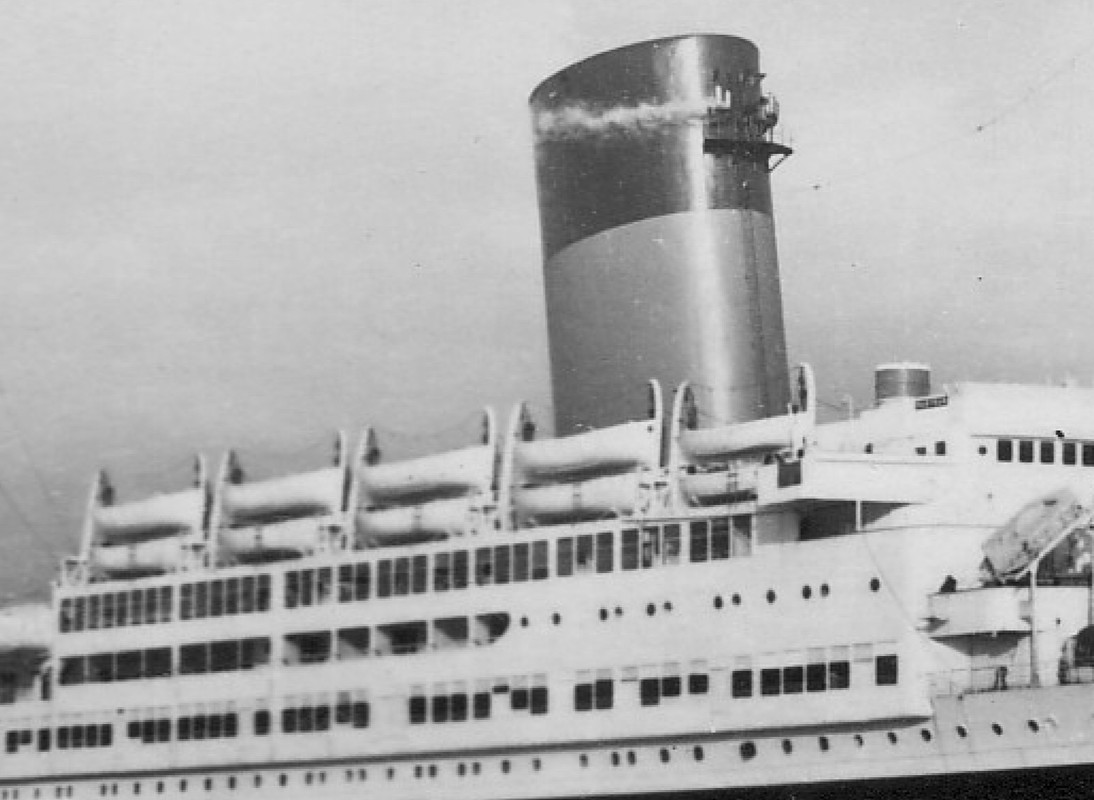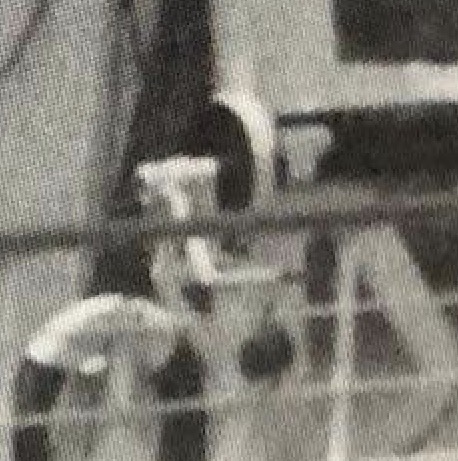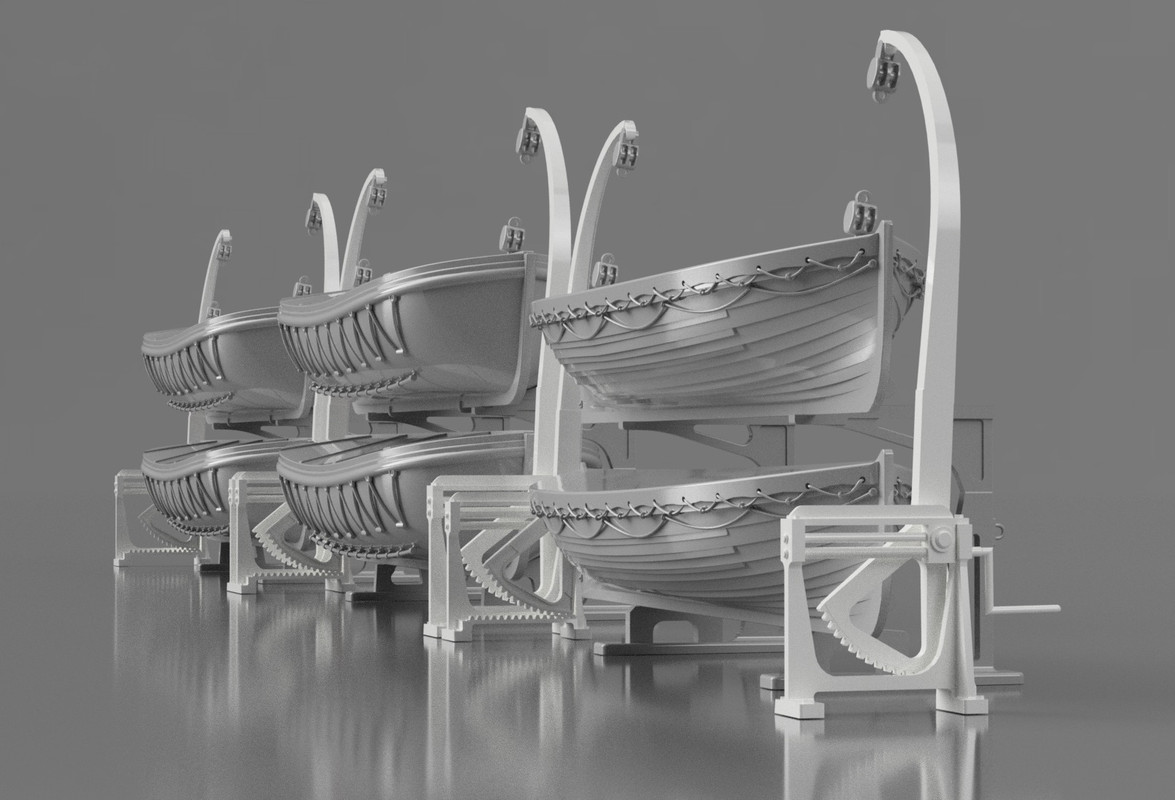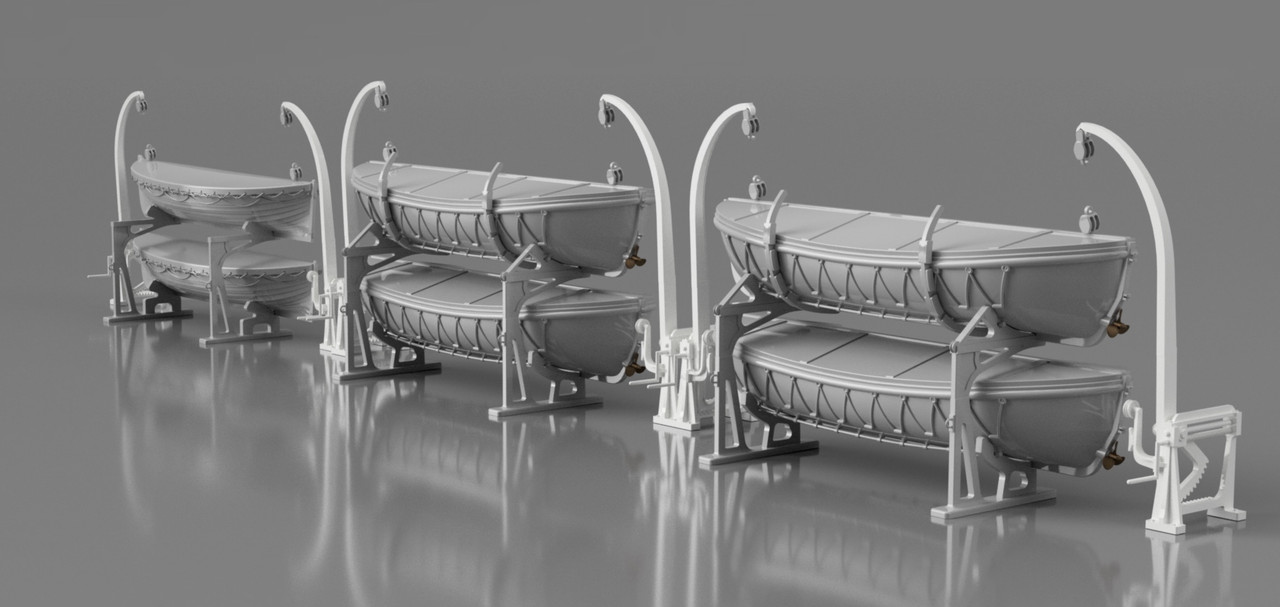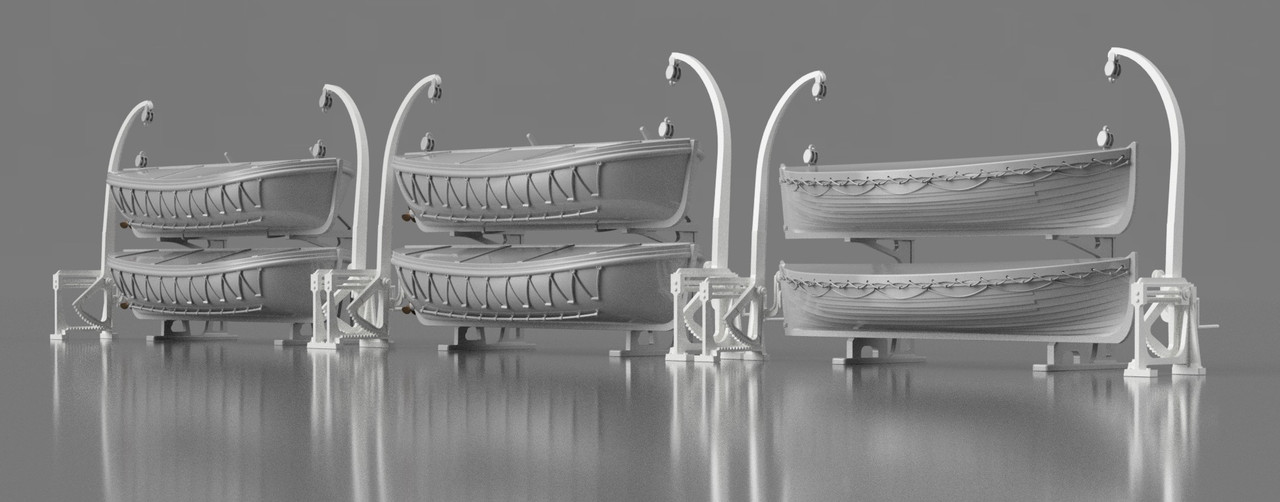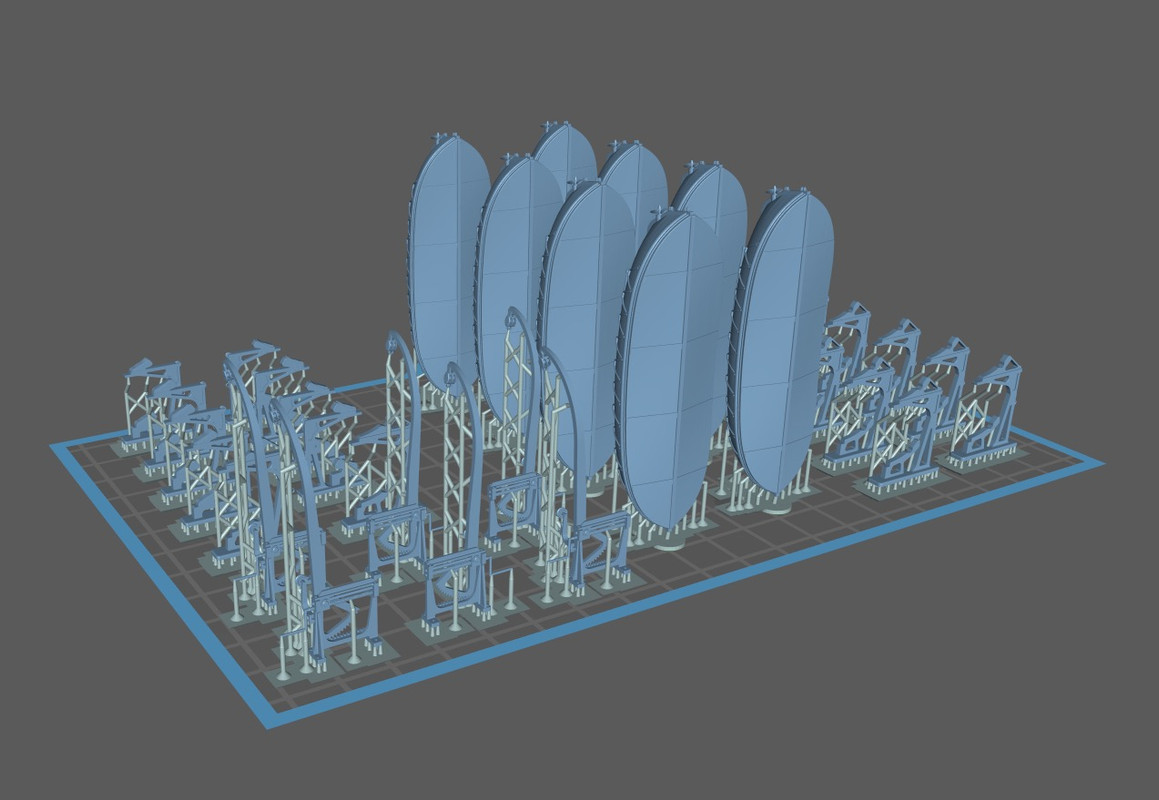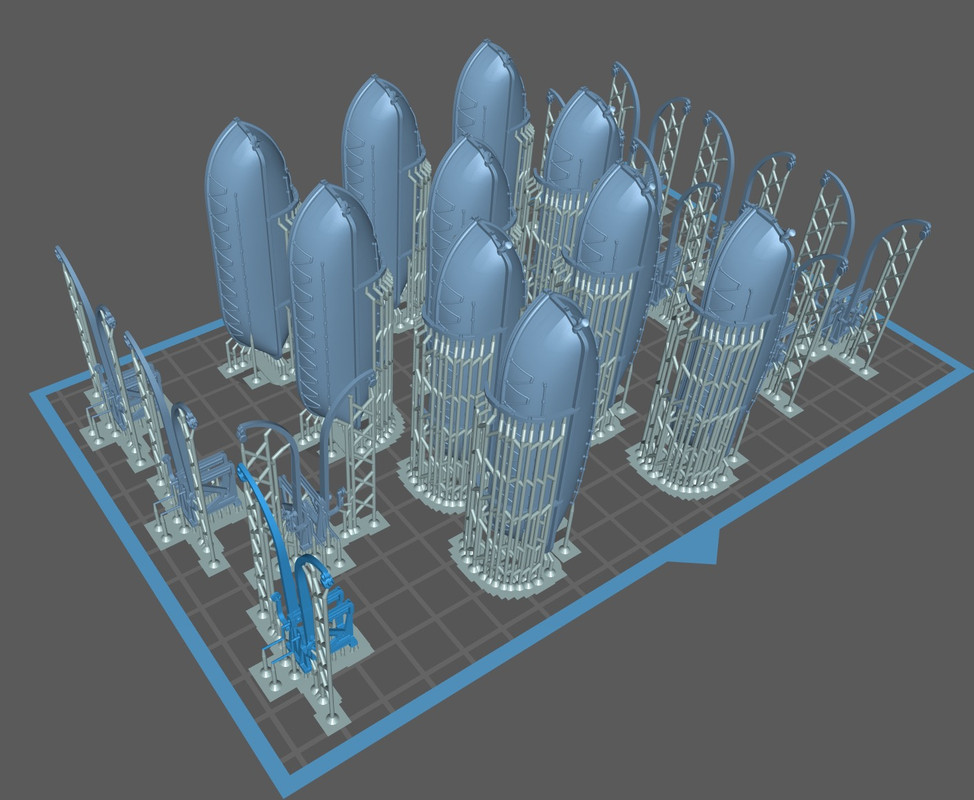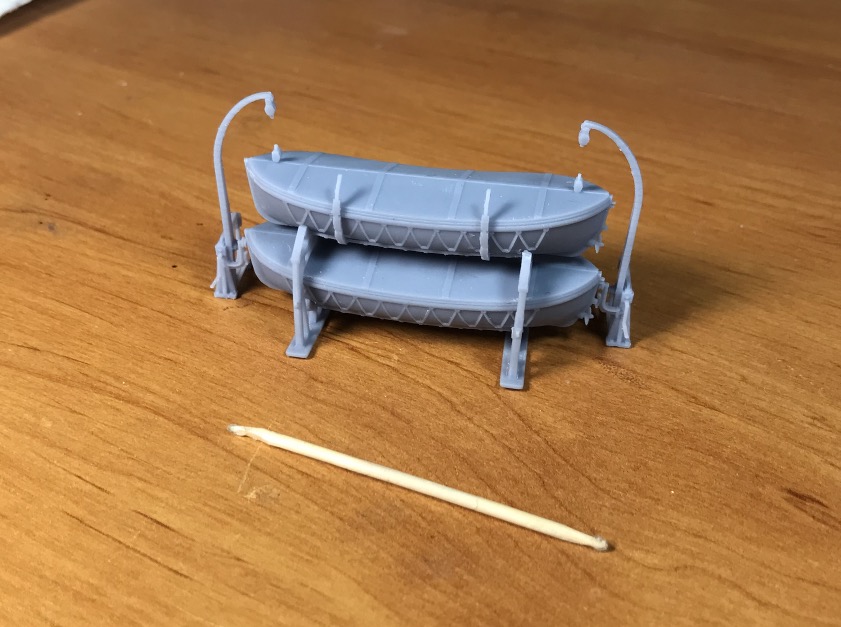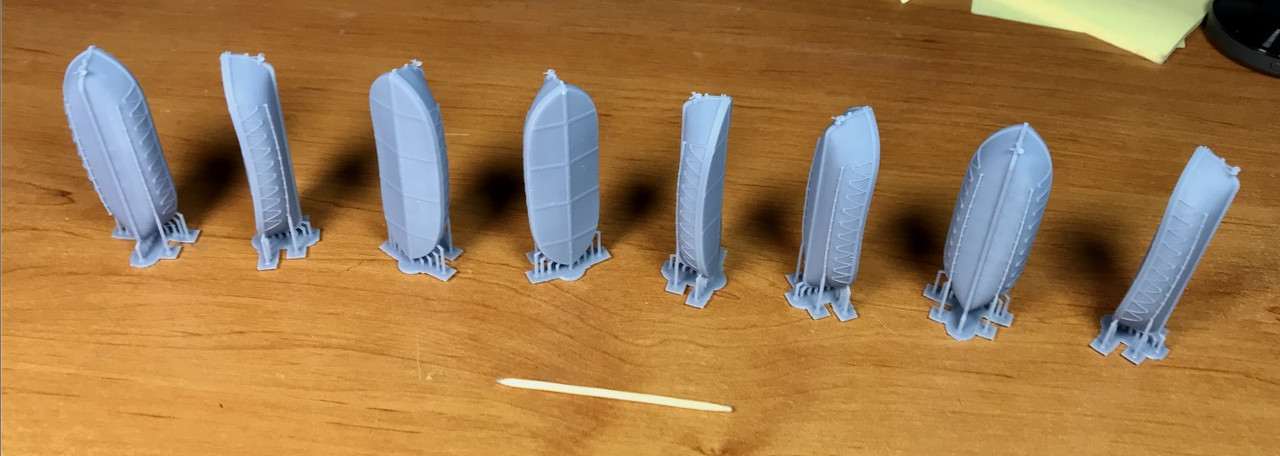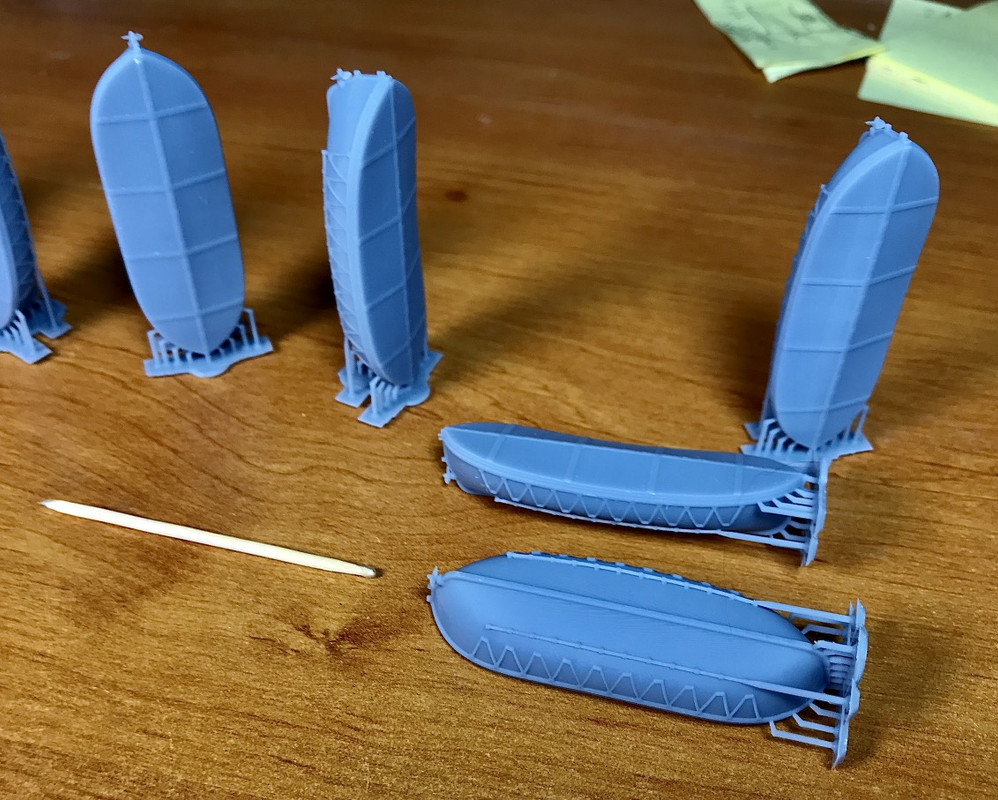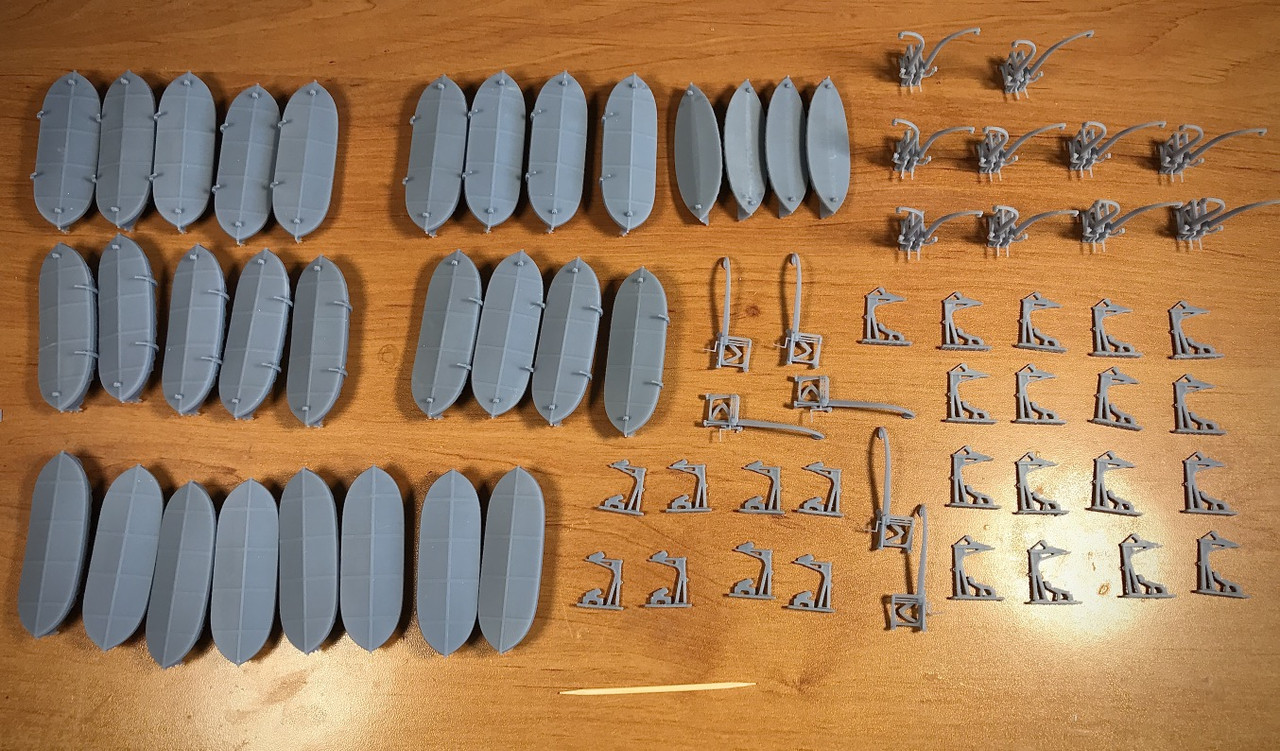These boats are intended for the friend Jean-Louis mounted liner Pasteur (1938) to 1:125, these lifeboat are not commercially available at this scale. There are 30 such boats on this ship before its refit (Liner Bremen), of which 4 near the bridge are smaller Titanic style boats.
The davits for the bridge boats are of the well known Walin type, which were used on many ships in the early 20th century, notably the Olympic class.
A particularity of the Pasteur is the stacking of the boats in pairs.
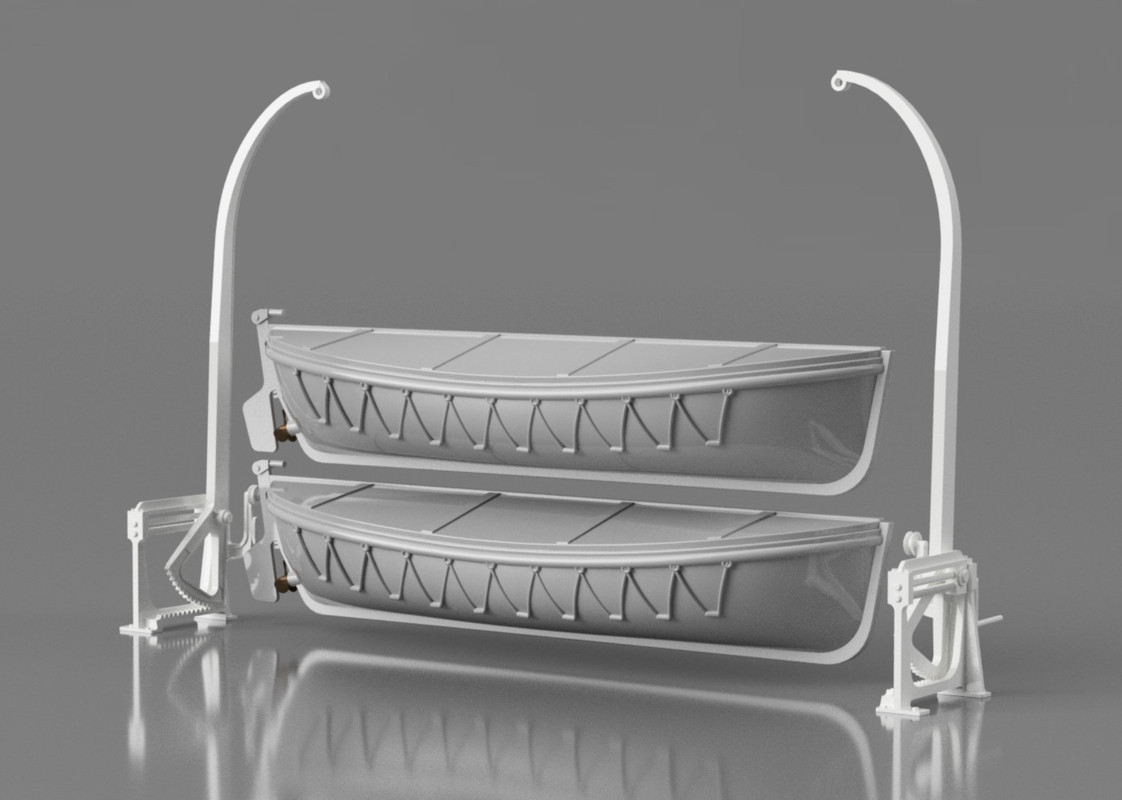
So I had to find out how the upper boat was supported. I was missing pieces of the puzzle. Most of the pictures of the Pasteur liner that can be found on the internet are wide shots. No photos taken on board are available. So I called my friend Roland Grard who is the right man for the job when it comes to finding a drawing or a particular photo.
I found some HD pictures of the Pasteur, so I was able to zoom in on the part I was interested in, but only from the sea side. As the supports are on the opposite side, I had no idea of their shape and layout.
First, some pictures of the Pasteur at the Landevennec boat cemetery (in my region of Brittany, France) in 1957, it will pass there twice, also in 1939 after its launching.
"1939 - The ship is requisitioned and goes to the "ship's graveyard" at Landévennec near Brest on 4 September where she is repainted in light grey and equipped at the stern with 2 x 90mm guns (Saint-Etienne 1892 model) and 4 anti-aircraft machine guns arranged around the chimney."
"Decommissioned again on 25 January 1957, the Pasteur is again in the "ship's graveyard" at Landévennec.
Sold to the German shipping company Norddeutscher Lloyd (NDL) on 18 September 1957, she left Brest on the 26th.
From 8 January 1958 and for 16 months, she underwent major transformations at the Bremer Vulkan shipyards in order to increase her transport capacity. The most visible modifications were new masts, a new deck and especially a new chimney.
Renamed Bremen on 23 May 1959 (5th of the name), she became the German prestige liner on the North Atlantic from 9 July, on the Bremen-New York route via Southampton and Cherbourg.
In just over 10 years of operation under the German flag, the Bremen will carry 360,000 passengers."

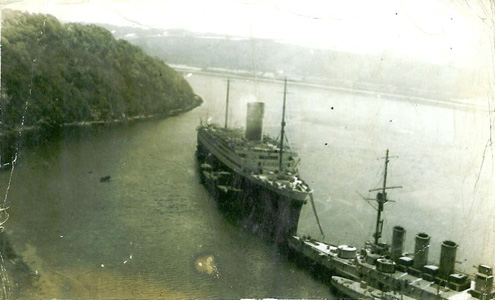
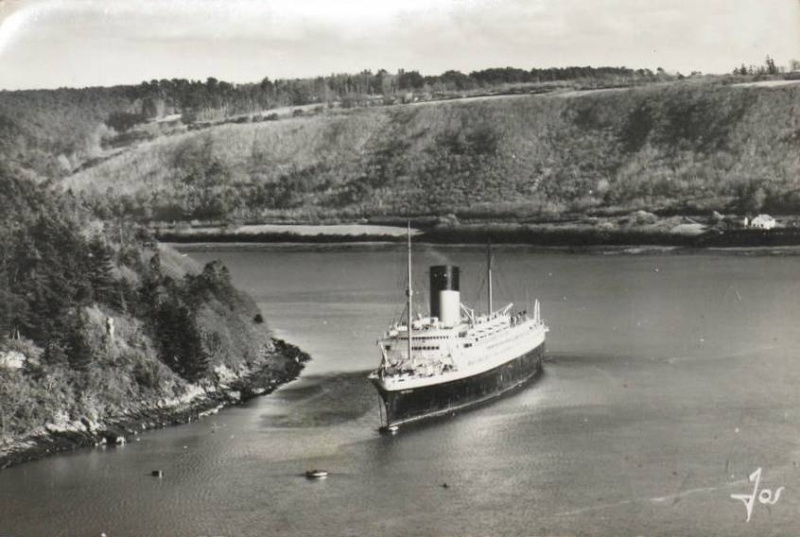
Some detail shots of the boats, this nice HD photo found on Flickr was quite useful too:
"The French steamship Pasteur, chartered by the Dutch government, with more than 4,000 repatriated soldiers from Jakarta and the surrounding area, is towed through the North Sea Canal by tugs from Reederij Gebr. Goedkoop, 24 February 1950."
Photo Ben van Meerendonk / AHF, IISH collection, Amsterdam
The HD version, downloadable below right:
https://www.flickr.com/photos/iisg/1001 ... xbq-wjU9bF
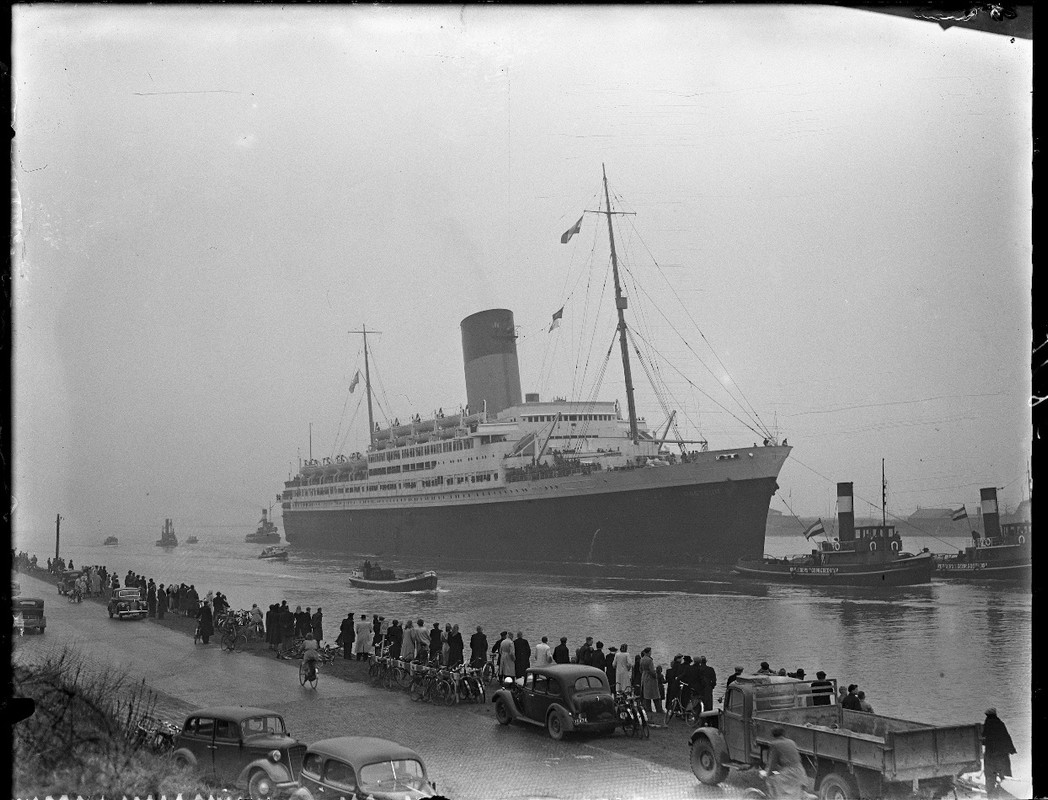


The red arrow indicates the spinnaker pole for the sounding machine, a system identical to the Olympic class.
The 2 Titanic style clinker lifeboats are clearly visible on the bow, probably 30 feet.
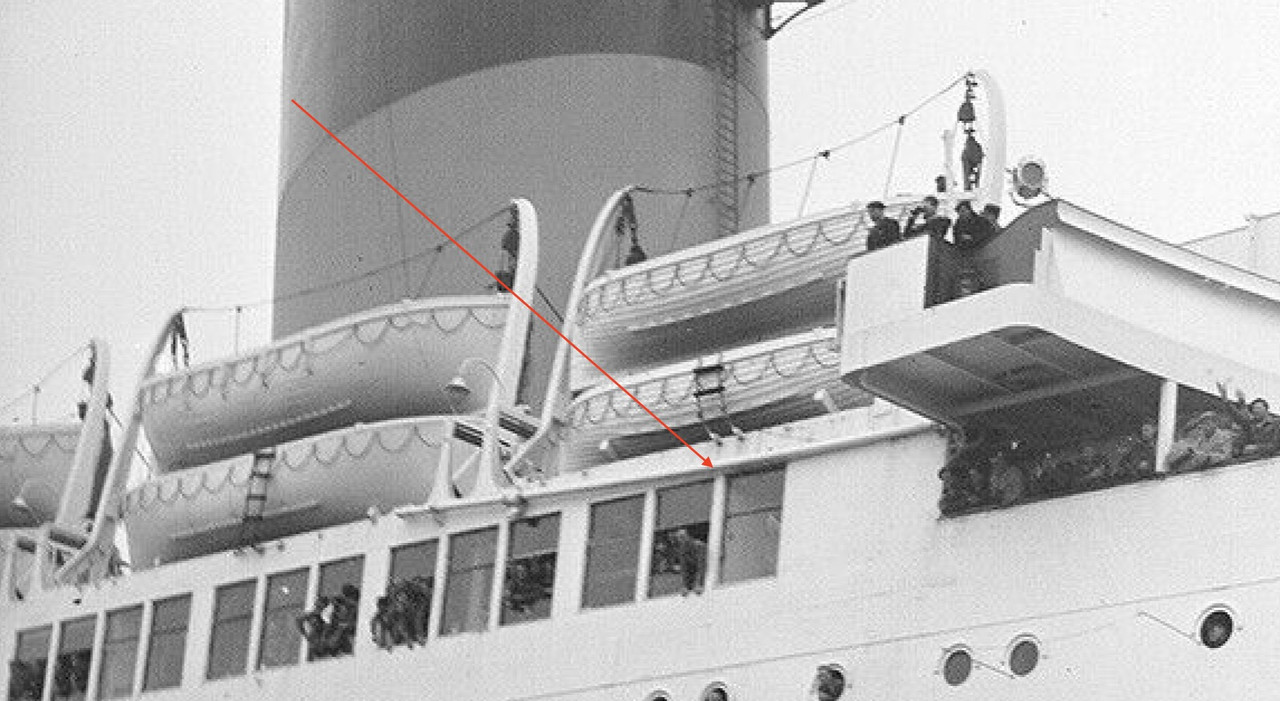
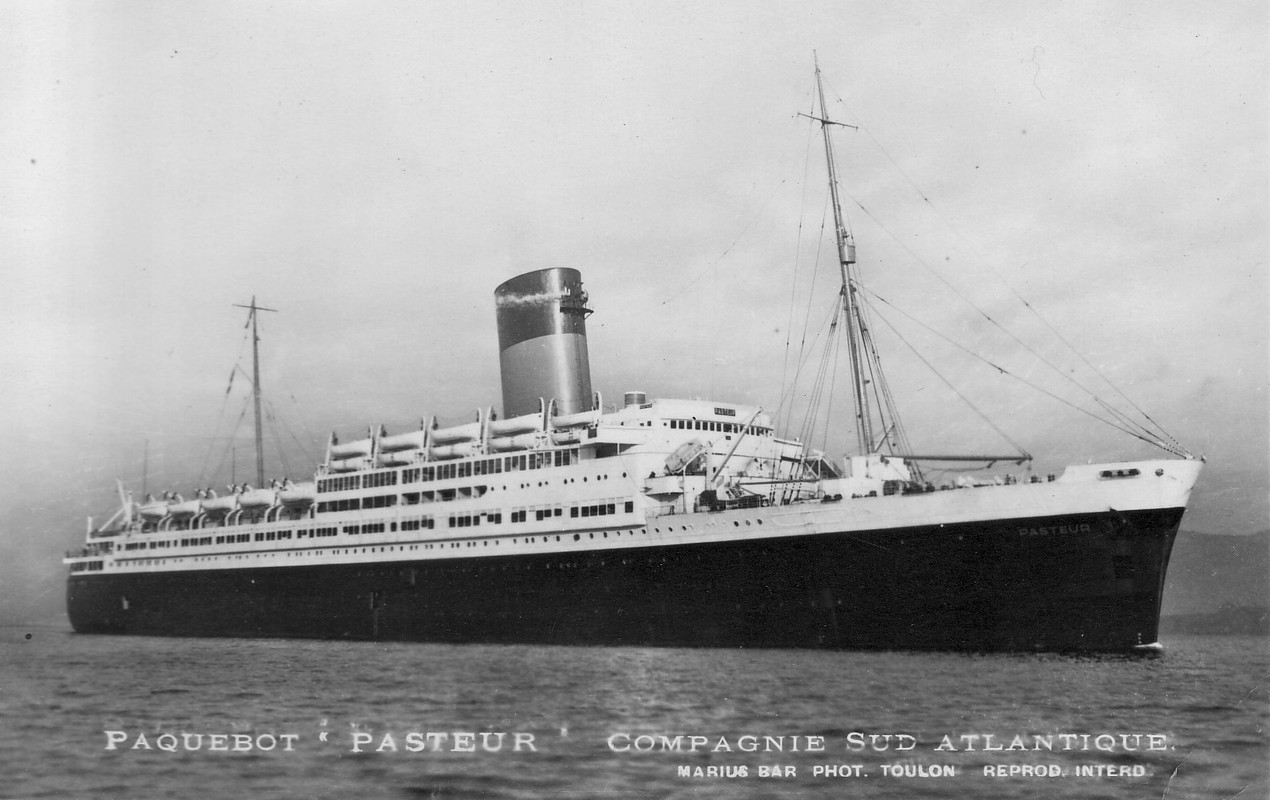
All these photos did not show me what I was looking for, Roland allowed me to visualize what I had to draw.
These snippets of photos are taken from this beautiful book "Le Pasteur 1938-1980" by Jean-Yves Brouard (French author) published in November 2005. I will surely buy it because this ship is very beautiful and historically interesting.
https://livre.fnac.com/a1763510/Jean-Yv ... -1938-1980
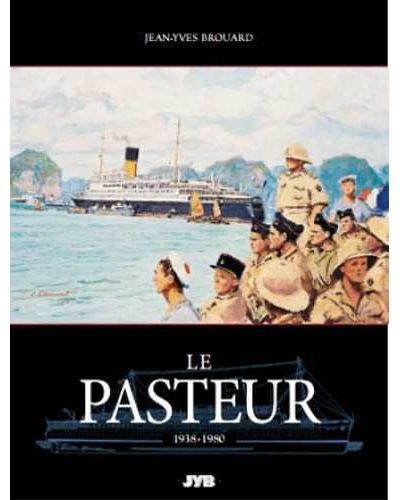
The last photo solves the problem. Thanks Roland, now I just have to draw it all.
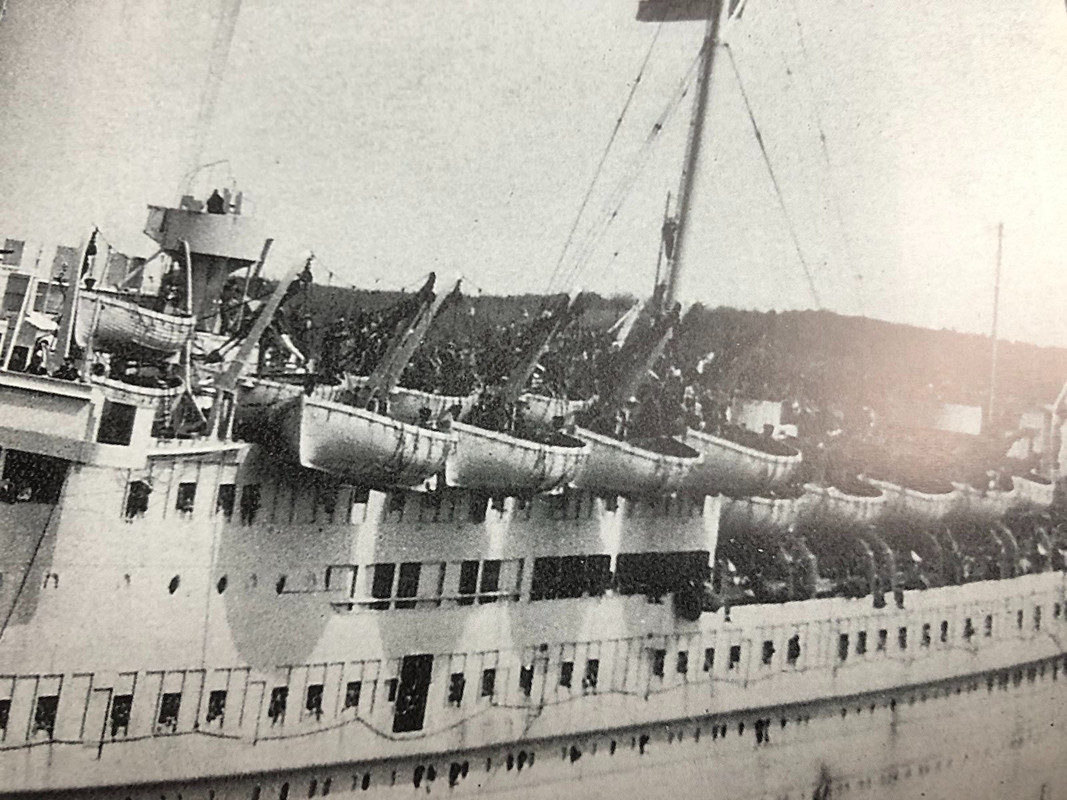
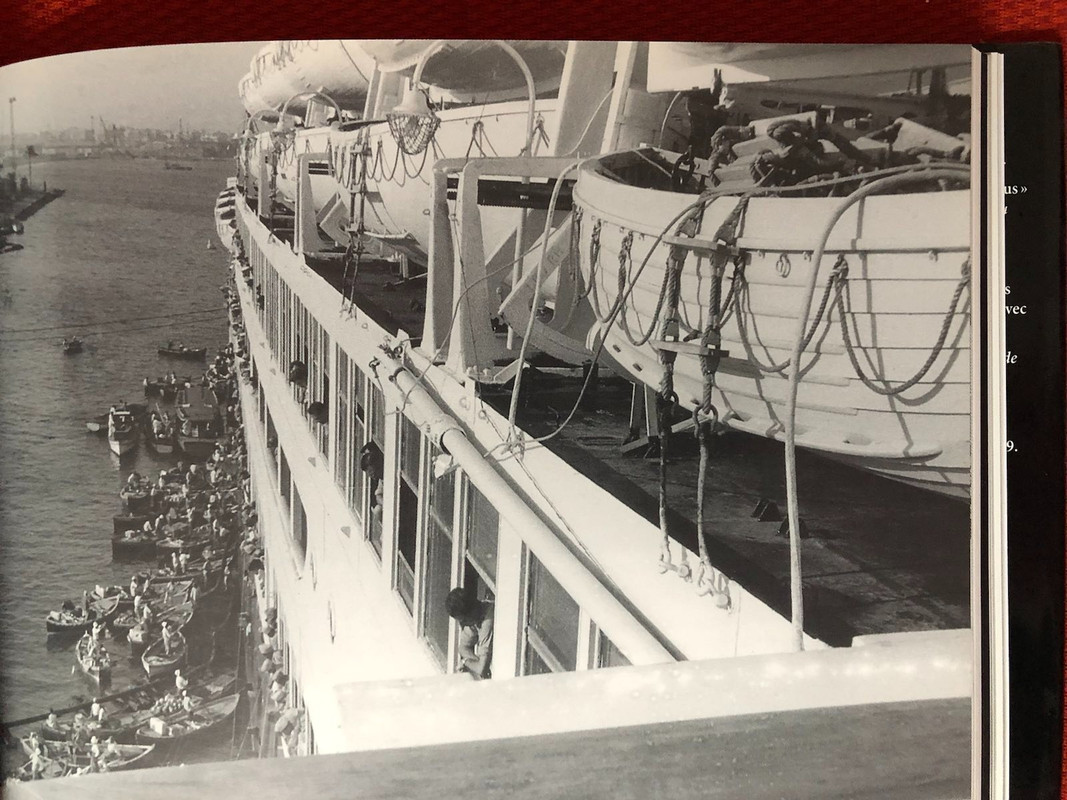
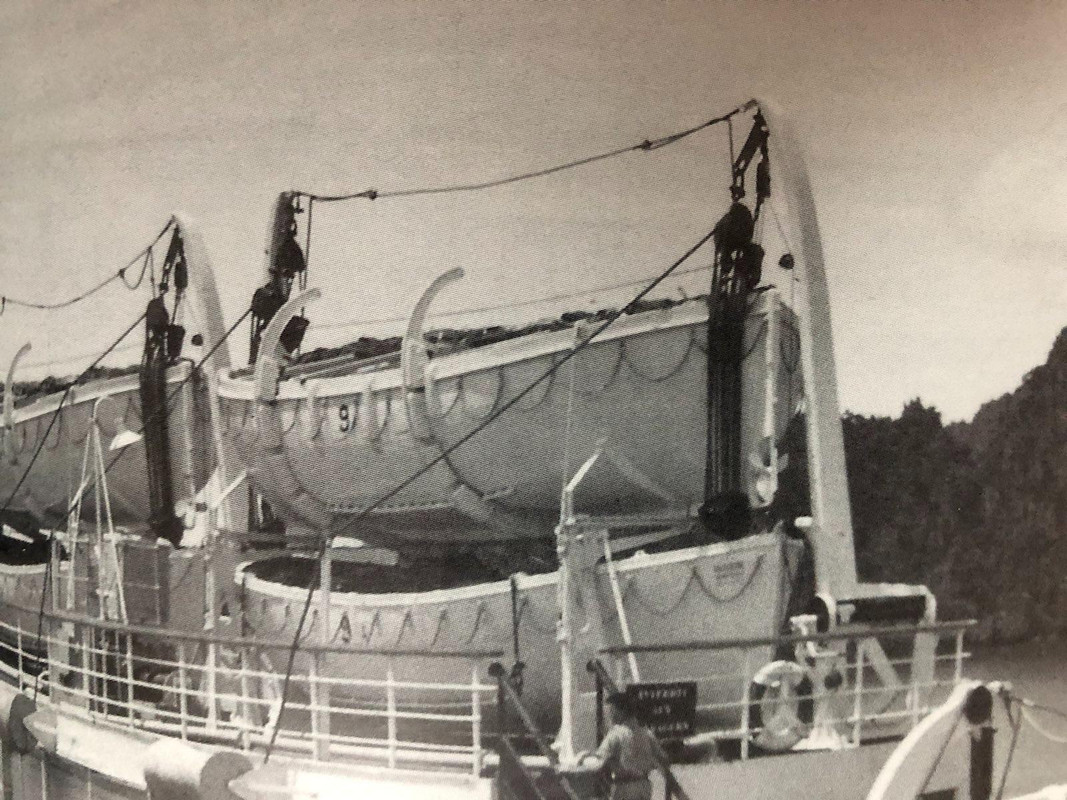
|



